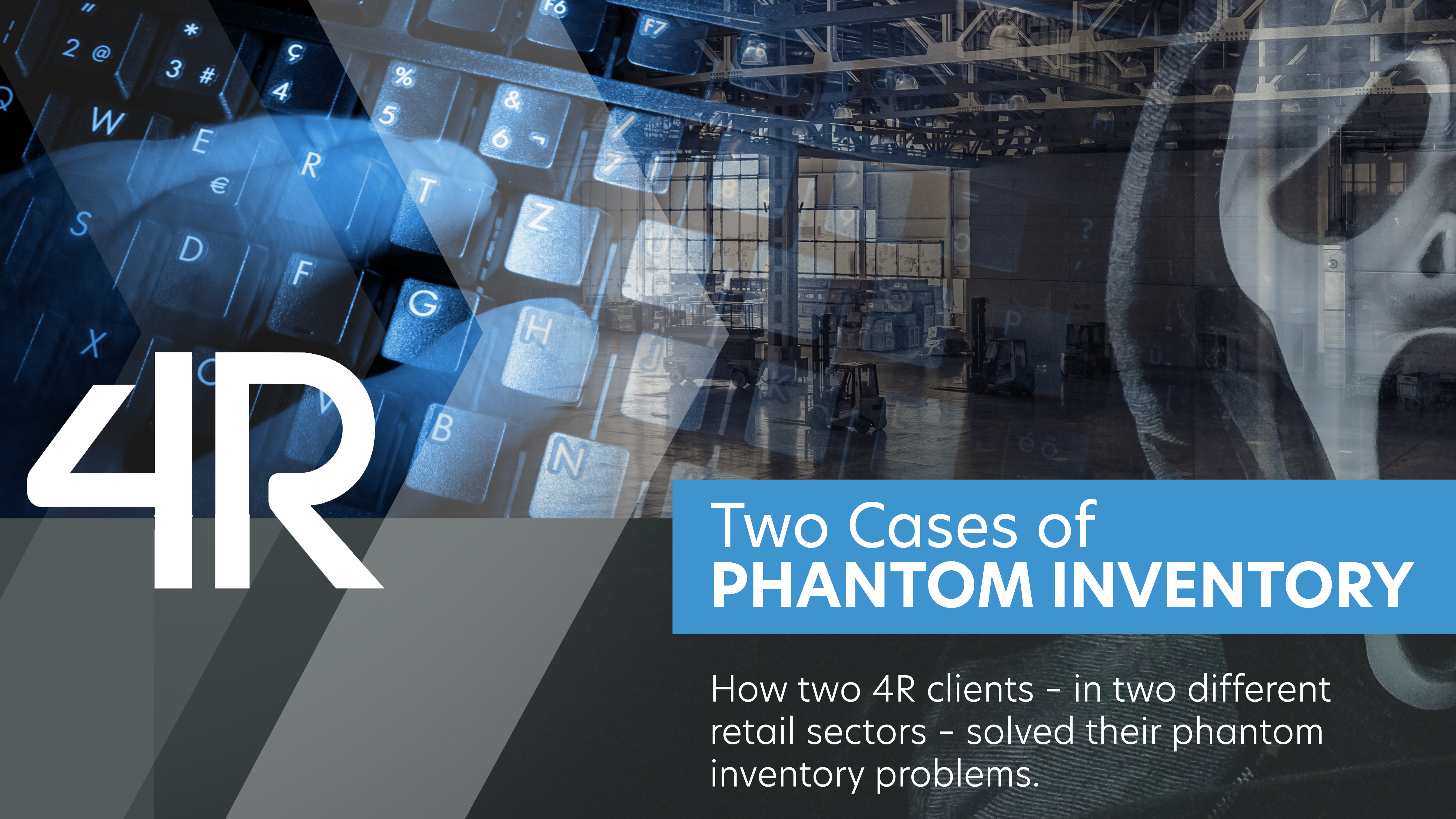No store is safe from the Phantom. Phantom Inventory that is!
So, what is Phantom Inventory? Phantom Inventory is a common retail industry expression for goods that inventory accounting systems consider to be on hand but are not actually available. These are items that should be selling but they’re not. This Phantom Inventory can create issues with demand forecasts, operating costs, replenishment and most importantly — your customer!
There are several common explanations for Phantom Inventory such as theft, paperwork errors, incorrect recording of sales or simply just a placement error. Perhaps, the product is in the backroom or was maybe moved by accident behind another item? Whatever the case may be, there is a way to help keep this issue controlled. When retailers can see that a product should have sold and they go to look for that product and it’s nowhere to be found, an inventory adjustment can be made. If it is found, it can be moved back to the shelves in its proper space and available for customers to buy.
Phantom Inventory happens in any retail sector.
The following are examples of how two 4R clients, in different retail markets, dealt with Phantom Inventory.
In the case of a hardware retailer, Phantom Inventory was wreaking havoc on their demand forecasts, operating costs, and replenishment plans. The customer experience was also suffering. After implementing an AI-powered inventory planning and management software, they discovered some scary issues, like:
- Improperly tagged items, no shelf tags or missing price tags, which left them un-bought
- Expired items
- Unavailable items due to theft, not unloaded from the backroom
- Badly-placed items, like on the highest shelf that a customer couldn’t reach, blocked or sitting behind other items
This hardware retailer used the Phantom Inventory Report produced by the 4r intelligent inventory optimization solution during new store acquisitions to identify and prioritize inaccuracies in their inventory counts. This information led them straight to the existing issues and to potential problem areas before they became lost sales. With the analysis from the 4R inventory planning and management software, the company saw an improvement in in-stocks by nearly 1% which contributed to increased annualized sales by over 5%.
A discount retail client had Phantom Inventory problems at many of their chain store locations. They implemented an inventory planning software that utilized AI to read their retail environment and analyze the occurrence and probability of Phantom Inventory. They used the Phantom Inventory Report to prioritize stores and categories to conduct inventory cycle counts. A larger chain cannot always run inventory cycle counts at every store, every week without the right tools and the right skilled analysts and planners. With the help of a Phantom Inventory tool, the discount retailer has visibility into costly areas and culprits and can strategically decide where to prioritize and focus time and effort.
During inventory counting cycles, all retailers would be able to use a Phantom Inventory report to identify areas where inventory is unsellable. This means, retailers have a cadence of when certain stores go through inventory counting, and this report is used to help escalate the largest problem product hierarchies for a given store, to the top. This way retailers can prioritize the efforts in areas where the estimated lost margin is the highest.
Phantom Inventory can be a pesky and hazardous problem because it can often sneak up on you! Many go unnoticed until a customer points out that a product that should be there is not. So, while this enemy can be a challenge, it is easily defeated with the right tools and the right team.


